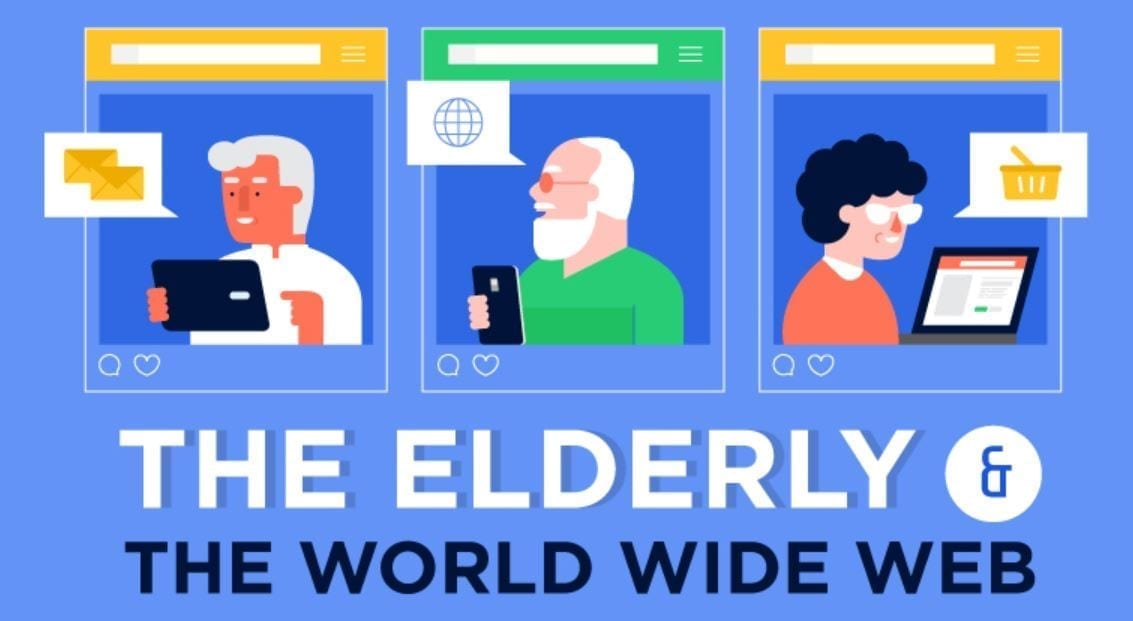Using the Internet is something that is natural for teenagers and young adults. Day after day, they use it for almost anything they do. All electronic gadgets are now “smart” and can be connected to the Internet one way or the other. For seniors (people older than 65), the relationship with the Internet didn’t come naturally. However, the technology is continually evolving, and seniors are following suit.
Using the Internet is something that is natural for teenagers and young adults. Day after day, they use it for almost anything they do. All electronic gadgets are now “smart” and can be connected to the Internet one way or the other. For seniors (people older than 65), the relationship with the Internet didn’t come naturally. However, the technology is continually evolving, and seniors are following suit.
That’s right. Check out the cool infographic at the bottom of the page by MedAlertHelp, and you will see that now more than ever, this group of people is increasingly embracing the Internet like it’s their second nature.
Smartphone ownership in the United States has more than doubled since 2013. And while adoption rates among senior citizens trail that of the other age groups, the percentage of senior smartphone owners has definitely risen.
In 2013, the figure was standing at 18%, but now it has reached 42%. And they are definitely using it to access the Internet. Up to 70% of them use the Internet at least 27 hours weekly.
You might be wondering what use the Internet is to seniors. They use it for a variety of tasks including checking out the news, sending email, keeping in touch with family and friends, checking the weather, carrying out banking transactions, watching online videos, buying products, and using social networking sites.
Income also plays a huge role in the Internet usage of senior citizens. The 81% of those with an annual household income of at least $75,000 make use of it. The rate of using the Internet also decreases with a reduction in household income and wealth.
Only 27% of senior citizens living in households earning less than $30,000 use it.
The infographic below contains more information about the subject. Feel free to check it out by clicking on it.



Join the conversation!